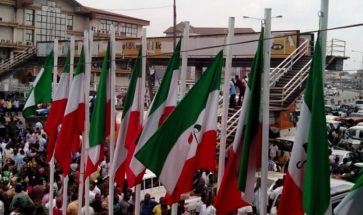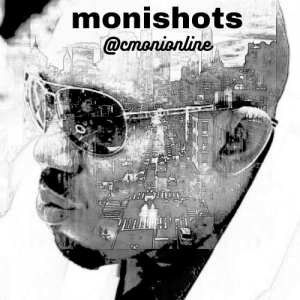There are so many types of plot, categorized into general or broad and streamlined or specific plot types.
On general or broad type, there are 4 categories covered in this article: linear, episodic, parallel and flashback.
Linear plot: A linear plot, also called the progressive plot, is the commonest plot type employed in short form works like short stories or essays. It is dramatic, and presents the actions in a story in chronological sequence. Normally, it begins with an exposition, where the main character(s) in a story are introduced; their background and history, their personal struggles and motivations, for example. It is then followed by a rising action, where a major conflict is being tackled, and then we get to the climax, the most intense part of a plot, where we have the most excitement, expectations, and edge. Then there’s a falling action, where the story is fixing its loose ends, sort of like a summary of events. And finally, the resolution, at which point the ultimate questions your character begins with is answered and the story comes to a close.
Most short stories make use of the linear plot, eg: Adachioma Ezeano’s You Girls Are Good. It begins with an introduction of the characters thus: “My twin sister’s name is Nkemakonam. Mine, Nkemjika. Both names are twin siblings of the word ownership. Silly names from silly parents with no things, given to girls with no one, maybe, a quarter-parent.” We instantly know who the characters are, and what kind of environment they’re in.
In Meron Hadero’s The Street Sweep, we see first the portrait of the protagonist, Getu, trying to perfect a Windsor knot. We know instantly that he is anxious. The story then follows the other elements in a linear plot.
Episodic plot: This involves a chronological arrangement of events, also. However, unlike the Linear plot that focuses on one narrative, the episodic plot focuses on multiple narratives, events, and characters. The development of each new character is explored using episodes, and often, these episodes are connected by a theme or a central idea.
Episodic plot is mostly used in world building for longer form works, like novels. Adventure novels use this plot mostly. Through the introduction of several character stories, the readers get a much better perspective of the conflict in the story. A common example is the HBO series, Game of Thrones, where we have several characters, exploring different journeys, but mostly connected by a central theme or instrument.
Prallel plot: This is a structure that enables a writer to weave two or more dramatic plots in a story. In the beginning, these multiple dramatic plots run on their own, independent of the other, up to their rising events, but then crash together at the climax.
A perfect example of this is the theme from one of the week’s Essay Competition, where writers were asked to write a story with about five independent events that link up at the end. Remember that? This plot is very effective in creating an emotional moment in the climax among the readers because they have previously been involved in multiple rising actions.
Flashback plot: In a flashback plot, the story usually doesn’t need to begin with an exposition. It could start in the middle of a high point action. The writer can then go back in time to provide a backup for the preceding actions. The events in a story need not be presented sequentially.
However, use of flashbacks should not be random: the arrangement, based on a timeline, is to offer readers more insight into future or past occurrences, and to heighten the anticipation. If done poorly or overused, it could mar a work.
On streamlined/specific plot, there’s the:
Overcoming a monster/adversity: in this kind, your protagonist must defeat an evil character, save those they love most, family or community or thing, and then emerge a hero. It could play out in many ways, ignoring the traditional format it’s presented in.
An example is: Arya Stark from GoT. In Game of Thrones, the major storyline is probably about who gets to sit on the iron throne, but that’s one aspect of the plot. The overarching theme, which, if you watched closely, was foreshadowed throughout the seasons, was about the Long Night. So, all through the story, we see the movie strategizing to defeat the Night King and the army of the dead. And Arya Stark defeats this long dreaded villain to emerge the hero of the story. This is just an extrapolation of her character arc, it’s more complex than I’ve put it but I hope you get the idea. Also, is Harry Potter in the titular series.
From Rags to Riches: A character moves from poverty to wealth and then to poverty again. A cycle.
Comedy, including Satire, humor, etc.
Tragedy: as in grief, exploring macabre themes, like Adichie’s Notes on Grief and Jennifer Seniors’ What Bobby McIlvaine Left Behind.
Rebirth: Think about a character that holds an ideological controversial point of view, but throughout the story we watch them grapple with these ideologies, encounter several turns, and at the climax, they emerge, different, either as a result of an experience they had. Eg: a character who doesn’t believe in love because of past trauma, but toward the end finds themselves falling in love, and then existing in denial, then accepting at the end.
This list is inexhaustible.
Recommended Reading: You Girls Are Good by Adachioma Ezeano (Guernica, 2022)
©Image by Riccardo Monteleone on Unsplash.
Culled from Cmonionline Writing Retreat 2022






